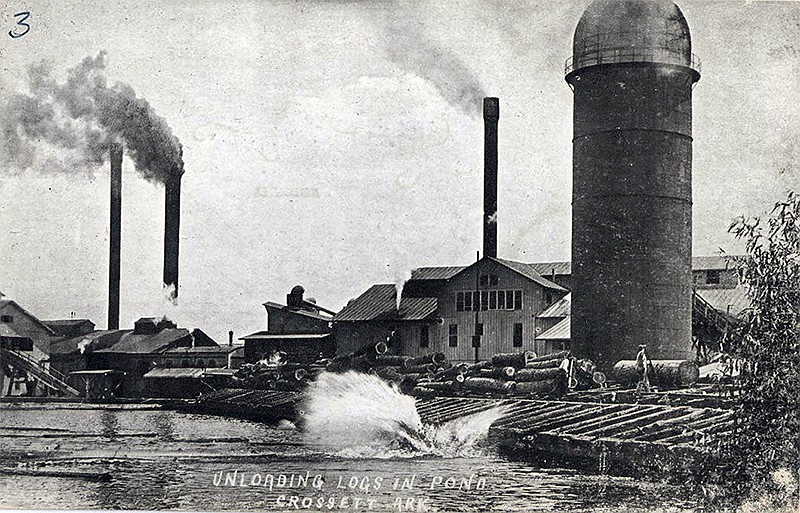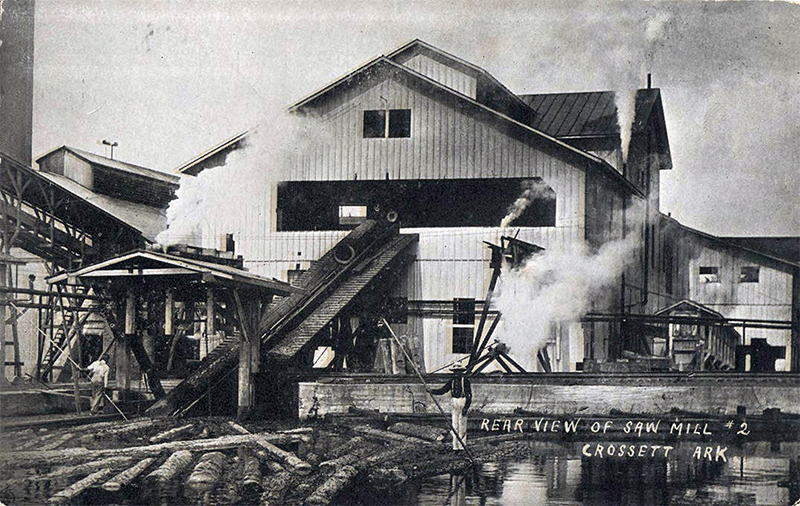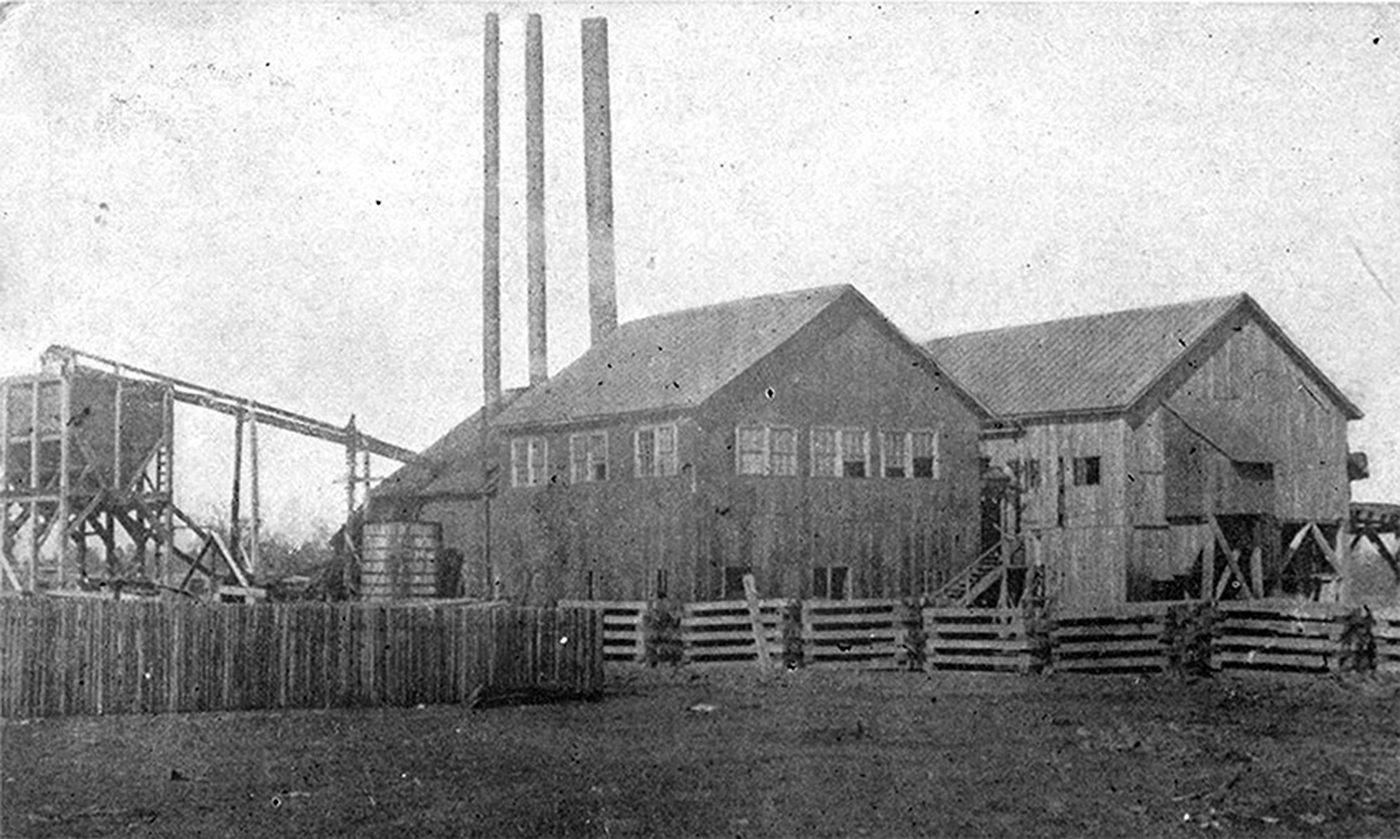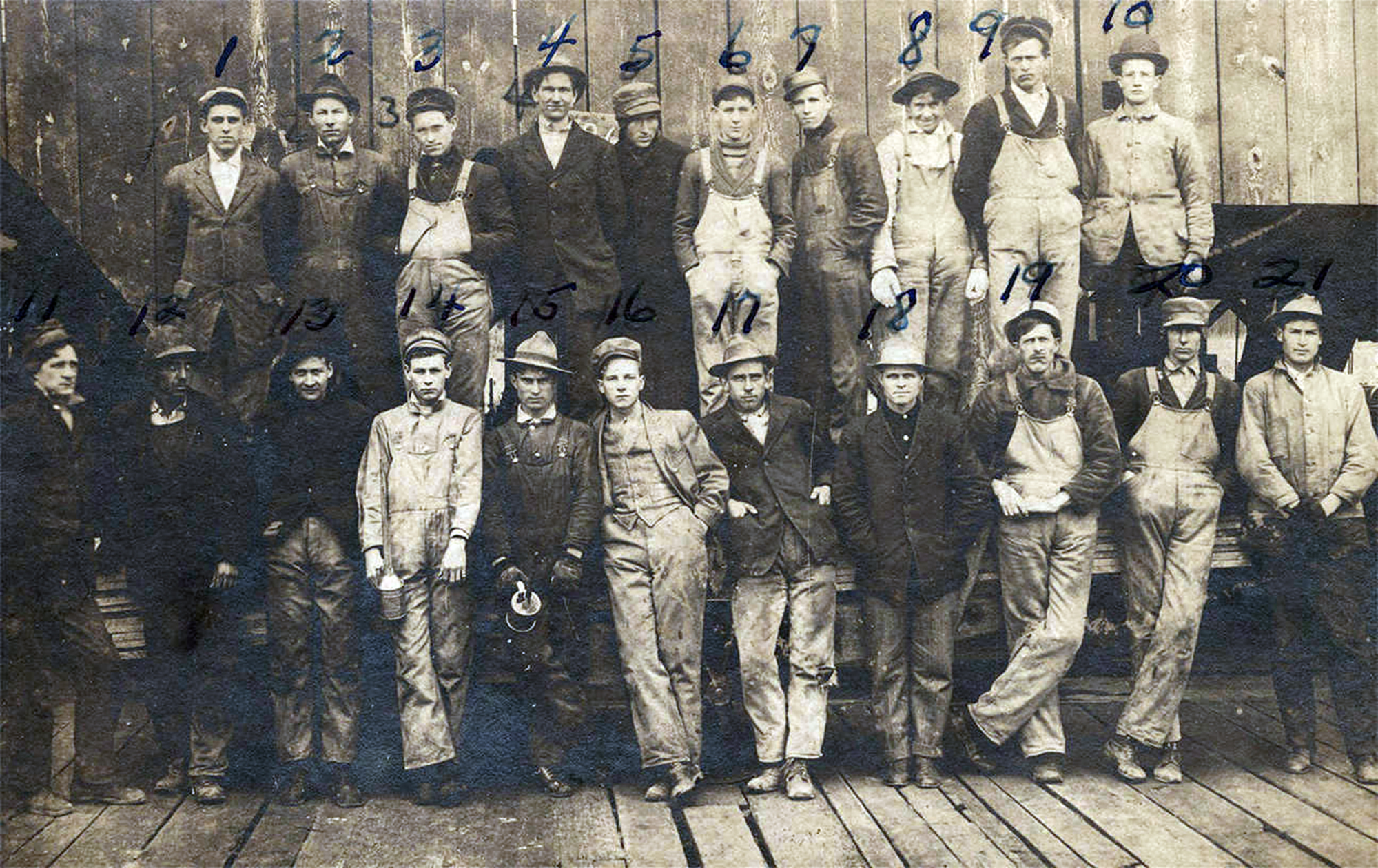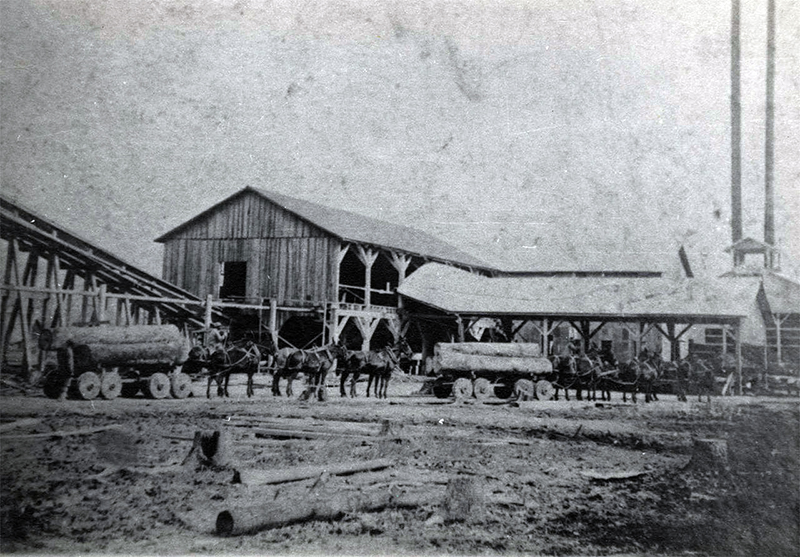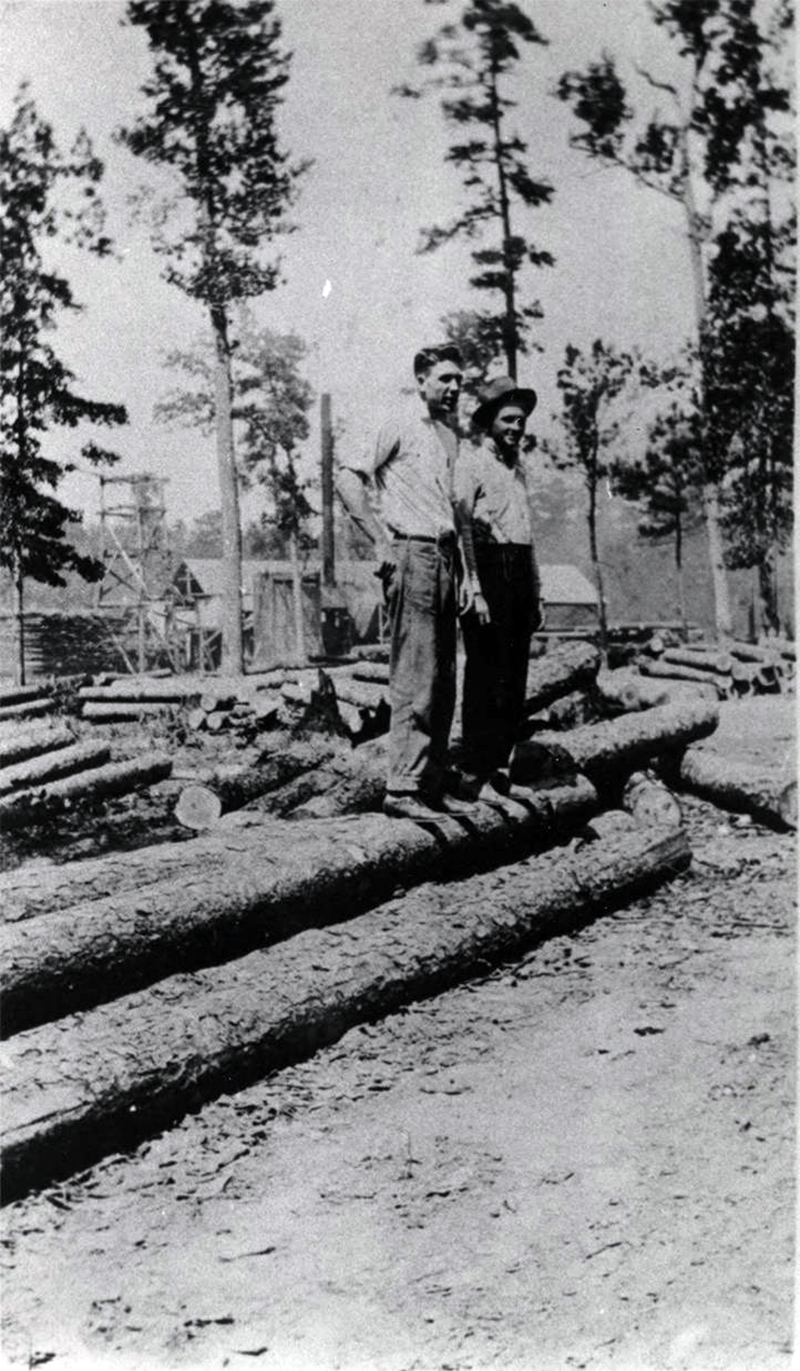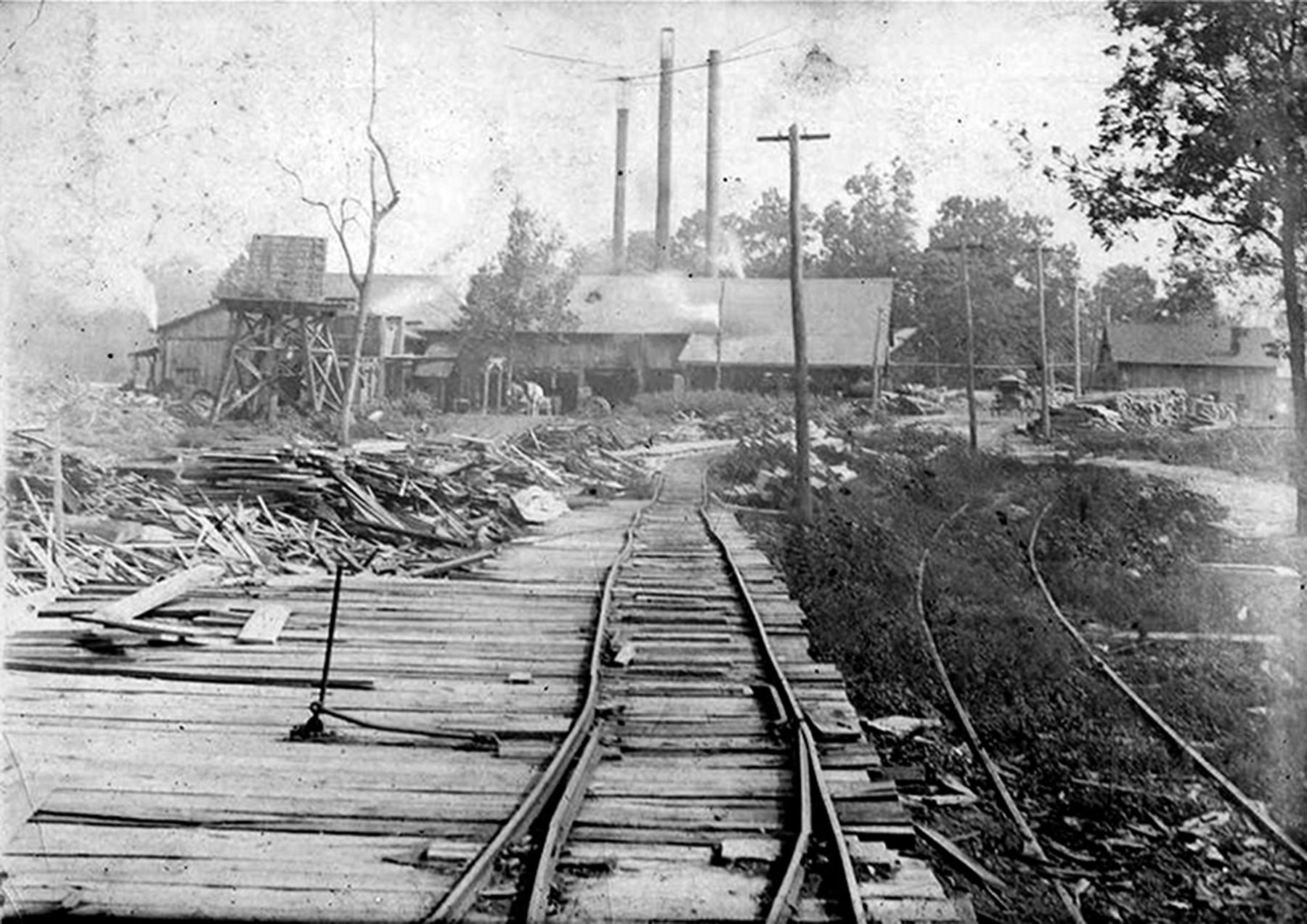The only sound is the wind rustling the tall pine trees as Judge Billy Roy Wilson and I walk through what's left of Forester, a once-bustling sawmill town in Scott County owned by Caddo River Lumber Co. Forester was founded by Thomas Whitaker Rosborough in 1930.
Wilson, one of the state's most colorful characters, was born Dec. 18, 1939. His parents called him Billy Roy.
"About everybody had two first names in those days," Wilson says. "This was sawmill country. At one time, 1,300 people worked at the mill, 300 of whom were Black. No one lives here anymore, but this is where my ashes will be scattered one day."
Wes Goodner, a Scott County native, wrote a short biography of Wilson in which he explained why the federal judge was long known as William R. Wilson in news accounts rather than Billy Roy.
"The doctor, who was a family friend, erroneously listed the name William R. Wilson Jr. on his birth certificate," Goodner says. "The error wasn't discovered until some years later. A driver's license renewal in 2011 rekindled the subject of his name again, with his birth certificate and Social Security records reflecting different names. His wife filed a petition in Pulaski County Circuit Court for a change to Billy Roy Wilson. The petition was granted."
When Wilson applied for a Naval ROTC scholarship after high school, it was discovered that his name was incorrect on the birth certificate. McDonald Poe Sr., the only attorney in Scott County, petitioned the court to change the name to Billy Roy. The petition was granted, but courthouse records were later destroyed. The birth certificate still reflected the incorrect name.
Goodner describes Wilson as "a raconteur, a mule and guinea fowl farmer, and a longtime civil and criminal defense attorney." In 1993, Wilson was appointed by President Bill Clinton as a federal district judge for the Eastern District of Arkansas. In 2008, Wilson moved to senior status, taking on a reduced caseload.
I meet Wilson at his rural home near Wye Mountain, west of Little Rock. We begin the drive west to Scott County on a Friday morning. Almost 70 percent of Scott County is covered by the Ouachita National Forest. The county's population in the 2020 census was 9,836, down from a high of 14,302 in the 1910 census.
Wilson, who's wearing Big Smith overalls, drives. I take notes as he narrates our trip into the Ouachita Mountains.
"There were sawmills all through here," he says as we make our way west on Arkansas 10, passing through Adona, Casa and Ola. "These days, there are a lot of cattle farms and poultry operations."
At Danville, we turn onto Arkansas 80 for the trip to Waldron, where we will meet several of Wilson's boyhood friends for lunch at Rock Cafe, a downtown landmark.
"We once called the trip from Danville to Waldron the longest 45 miles in America," Wilson says. "I worked one summer paving this road. That was hard, hot work."
In a history of Forester for the Central Arkansas Library System's Encyclopedia of Arkansas, Evelyn Standerfer Smalling writes: "At first, a prominent Waldron businessman wanted the mill built in his town. After hearing that Rosborough intended to employ African Americans, this businessman was happy with the chosen location and later was instrumental in getting the railroad extended from Waldron into Forester.
"The mill became the largest and most productive in the state with its lumber shed measuring 80 feet wide and 1,000 feet long. It stored millions of board feet of kiln-dried, planed lumber. The town was named after Waldron businessman Charles Forrester. Contractors logged with mule teams and wagons until 1940, when the company purchased trucks. Caddo River sold Forester to Dierks Lumber & Coal Co. in 1945. Dierks continued to operate until there was insufficient timber for a mill of its size."
The company town was laid out in sections with names such as Green Town, Angel Town, Cannon Town, Water Tank Road, the Section Houses and Happy Holler. Forester's 1940 population was 1,306. The more than 300 Black residents lived in a section known as the Quarters. They had their own church, school and entertainment center but shared the commissary and post office with white residents.
"The company provided houses, schools, churches, a theater, a post office, a drugstore, a barber and beauty shop, a 28-room hotel, a depot, a garage with car sales, a ballpark, a community hall and the company store," Smalling writes. "Forester had its own water system and power plant, and there was free health care provided by a company-paid doctor. Forester had little crime and only employed two town marshals in the life of the town."
The last logs were cut in 1952, and the mill closed. The Wilson family moved to Waldron.
"Wilson found Waldron more diverse, with both farm folks and town folks," Goodner writes. "He played football and basketball for Waldron High School and joined a Boy Scout troop. Assistant scoutmaster Joe Huie became his mentor and friend. Huie came to have a profound influence on his life and is described by Wilson as having been 'philosopher and psychologist, a wise and dearest friend.'
"Decades later, he and Huie established the Rasputin Mule Farm. Their mule, Cobbs Believe It or Not, was a world champion gaited mule."
Goodner tells of a day when Wilson's father was called to jury duty in federal court at Fort Smith. He took Billy Roy with him. Goodner says the younger Wilson "was clearly intrigued with the proceedings. The presiding judge, John Miller, invited him into chambers during breaks and jury deliberations. They discussed a variety of topics, including quail hunting, the law and Miller's days in the U.S. Senate. Wilson's aspiration to be a federal judge was sparked."
After high school, Wilson headed to the University of Arkansas, where he played football his freshman season. When he was told he would be redshirted his sophomore year, Wilson transferred to Hendrix College at Conway. He graduated from Hendrix in 1962. Three years later, Wilson graduated from Vanderbilt University Law School in Nashville, Tenn., and became a deputy prosecuting attorney for Miller County.
In 1966, he joined the U.S. Navy. Wilson is quick to tell anyone who asks that he served "three years, five months, three days and five hours." He returned to Arkansas in 1969 to practice law.
Appointments through the years have included special circuit judge, special Arkansas Supreme Court justice, Arkansas State Police Commission, special prosecutor and state attorney general for a short time when Jim Guy Tucker resigned early to take a seat in Congress following the November 1976 election.
"Wilson earned an outstanding reputation as an attorney and served as president of the Arkansas Bar Association and on the American Board of Trial Advocates," Goodner writes. "He was described as 'Little Rock's Stetsoned version of Matlock' and 'the attorney you want if your life depends on it.' Representative of his cases were the criminal defense of Arkansas Supreme Court Justice John Purtle and the civil case of Sonny Simpson against the city of Little Rock.
"Wilson was also co-counsel on one of the most high-profile criminal cases in Arkansas history, the 1982 murder of Alice McArthur, during which an already disagreeable relationship between Wilson and Pulaski County Sheriff Tommy Robinson developed into one of open hostility. In 1983, Wilson was co-counsel with the team of attorneys who represented McArthur's husband, Bill McArthur, after Robinson arrested McArthur for a role in the murder. The charges eventually were dismissed, and a grand jury refused to indict him. McArthur, represented by Wilson, went on to sue Robinson in a civil suit that was settled out of court."
Wilson was sworn in as a federal judge Oct. 1, 1993. He began presiding over court in his favorite rocking chair and is known for his quotable comments from the bench.
In basketball coach Nolan Richardson's suit against the University of Arkansas, former UA head coach Eddie Sutton became impassioned. Wilson told Sutton to calm down, noting that "for just a short time, I'm the head coach."
In a recusal order from a case involving Southwestern Electric Power Co., Wilson cited the Fouke Monster and the Ernest Tubb song "Let's Say Goodbye Like We Said Hello."
Throughout his career, Wilson has been active in the Forester Historical Society and helped maintain a small park at the mill pond. There's a sign with photos of Forester in its heyday and an interpretive trail. I spot a street sign for Billy Roy Wilson Road. There's still the annual Forester Reunion that Wilson helps organize.
The judge looks on as I read the history of Forester. He's one of the last links to the days when the sawmill was operating here.
During the Great Depression, Caddo River Lumber Co. may have been the largest manufacturing employer in the state. It was organized in 1906 by Rosborough, M.R. Smith, W.E. Cooper and Lee Wilson. Rosborough's business partners were from Kansas City. The company's first sawmill was at Rosboro in Pike County, a community Rosborough named after himself with a simplified spelling. The mill there was along the Gurdon & Fort Smith Railroad.
As he made money off that mill, Rosborough used the capital to purchase land from Ozan Lumber Co. and Dierks Lumber and Coal. Rosborough later chartered the Caddo and Choctaw Railroad Co. It never achieved its goal of running all the way to Fort Smith. The railroad stopped at what's now Norman in Montgomery County.
After the mill at Rosboro burned in 1915, it was rebuilt at double capacity. Three years later, the company acquired 30,000 acres in Montgomery County from Graham Lumber Co. of St. Louis.
According to the Encyclopedia of Arkansas: "Rosborough was at ease with African Americans and employed quite a few, but this attitude brought him into conflict with locals, given that many communities in the Ouachita Mountains were sundown towns, places where African Americans were forbidden by white residents from living, usually through the threat of violence.
"At the beginning of Caddo River Lumber Co.'s operation, Rosborough sought to buy land for a sawmill at Amity, but residents balked at the idea of Black people entering their town. He chose the site that became Rosboro. Would-be whitecappers distributed leaflets around Rosboro warning African Americans to leave, to which Rosborough responded by arming his Black mill workers for their self- protection. He also installed a high board fence around the Black quarters until threats died down."
The company didn't replant its cutover land, choosing to move to new locations once timber was harvested. A fire burned a mill at Glenwood in 1936, and it wasn't rebuilt. The federal government's expansion of the Ouachita National Forest allowed the company to sell almost 200,000 acres of cutover land.
The Rosboro mill closed in 1939, and much of the equipment was transferred to Oregon as large lumber companies began their move from the South to the Pacific Northwest.
By the time Rosborough sold his interest in the company to Hal Shaffer, Caddo River's last mill was at Forester. Shaffer sold the Forester mill, land and cutting rights to Dierks Lumber and Coal in 1945. What later became Dierks Forests Inc. would own 1.75 million acres of timberland, making it one of the biggest family-owned landholding entities in the country until its sale to Weyerhaeuser Co. in 1969. Dierks had moved its headquarters from Kansas City to Hot Springs in 1956.
"Nothing here now but the memories," Wilson says as we pull out of Forester and take a U.S. Forest Service road back to Arkansas 28. "It was a going place when we were here. The folks who remember it are almost all gone now."
The drive back to Wye Mountain is mostly a quiet one as Judge Billy Roy Wilson contemplates those halcyon days when there were similar sawmill towns throughout rural Arkansas, remembers past friends and reflects on the role he has played in Arkansas history.
